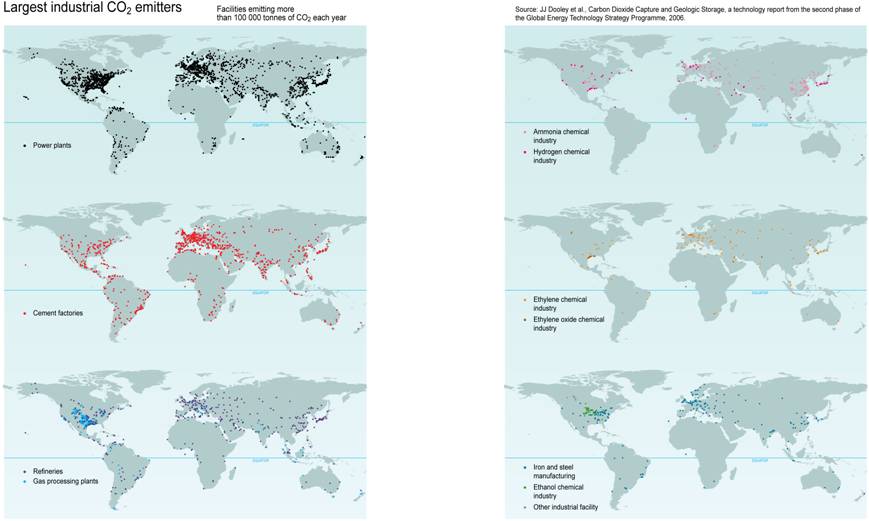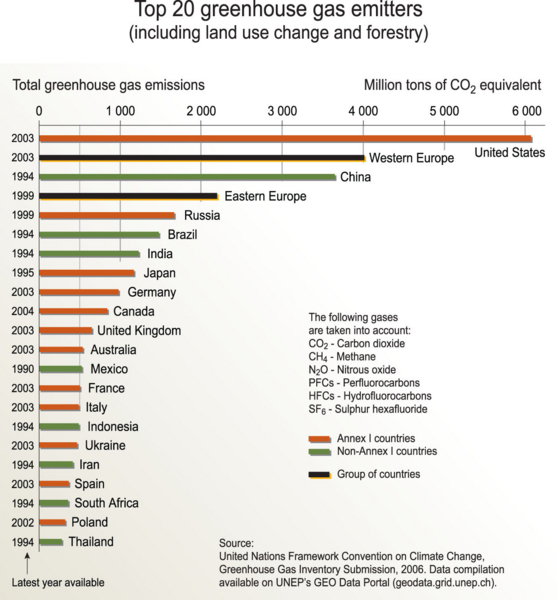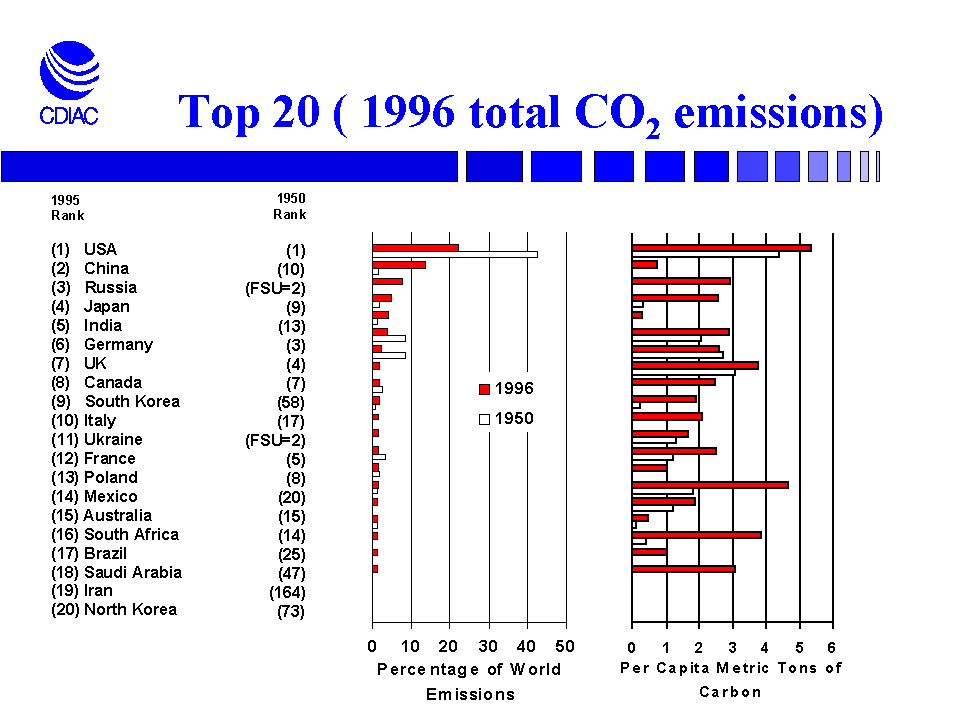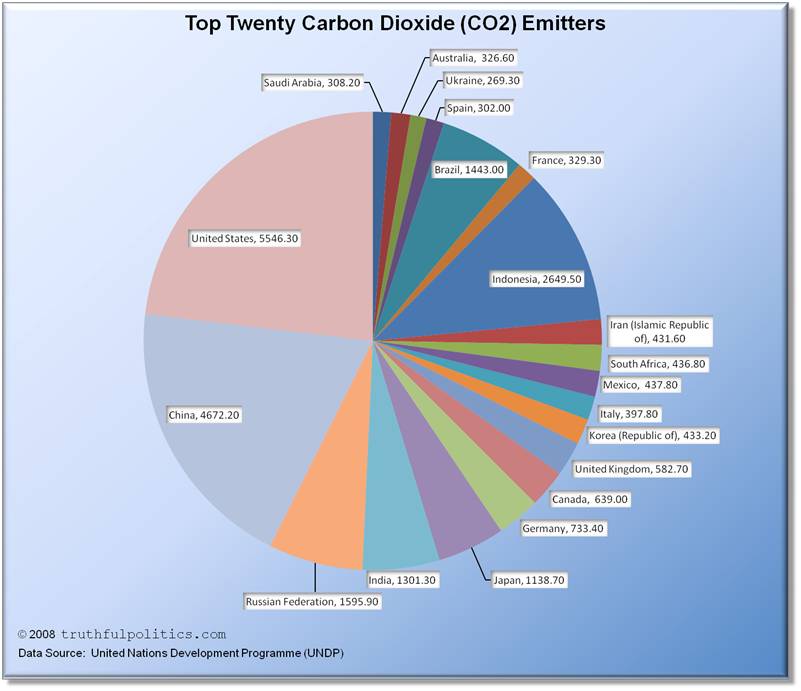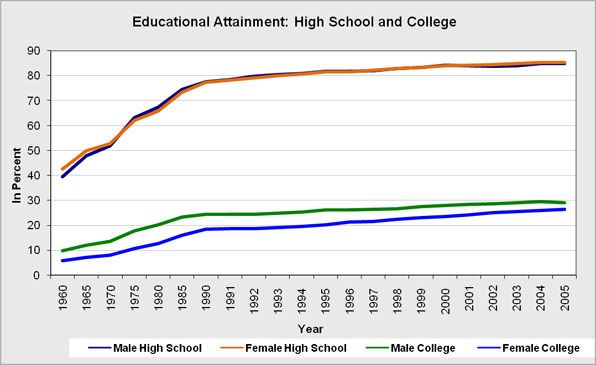Matthew Philips in Newsweek in February 2008 mentioned the following:
- If Texas were its own country, it would be the 48th most populous in the world
- With a landmass of 268,000 square miles, if Texas were its own country, it would be the 40th largest
- Furthermore, it would be the world’s eighth-largest emitter of the greenhouse gas carbon dioxide with 630 million metric tons emitted in 2005
- In 2003, Texas emitted 670 million metric tons. Therefore, it’s emissions have reduced by 40 million metric tons
- Texas has greater CO2 emissions than the states of California and Pennsylvania, combined. California and Pennsylvania are the second and third highest CO2 emitting states in the U.S.A.
- Texas “residents use nearly 3,000 more kilowatt-hours of electricity every year than the average American”
- 25% of the 20 million registered vehicles in Texas is a pickup truck. “Of the 245 million vehicles registered in the United States, only 16 percent are pickups”
- By “some estimates more than half of all Texans live in areas where the air is unsafe to breathe, as defined by the EPA’s Clean Air Act”
- Texas “is one of only 15 states without a climate action plan in place or even under consideration”
- “In 2007, for the third year in a row, Texas was the nation’s leader in the amount of wind capacity added to the electric grid, as nearly $3 billion of wind-powered generators were installed in Texas”
- The city of Austin has unveiled a Climate Protection Plan by Democratic Mayor Will Wynn. “The plan calls for 100 percent of all city facilities to be powered completely by renewable energy by 2012, and to make all new single-family homes zero-net-energy-capable by 2015, which means they’ll have to be at least 65 percent more efficient and, with solar panels on the roof, able to generate as much energy as they consume over the course of a year.”
To read the entire article, click on The CO2 State.
